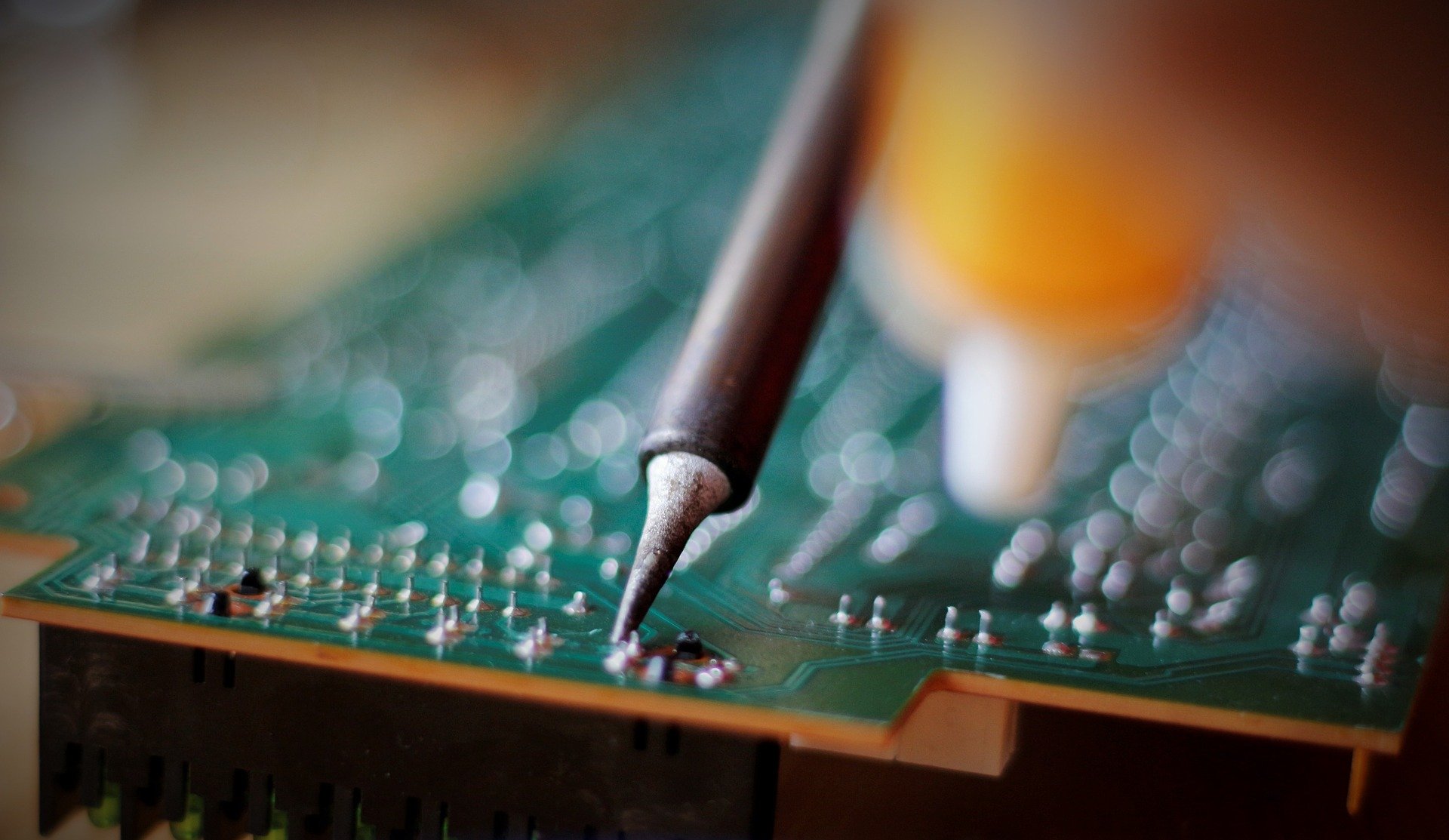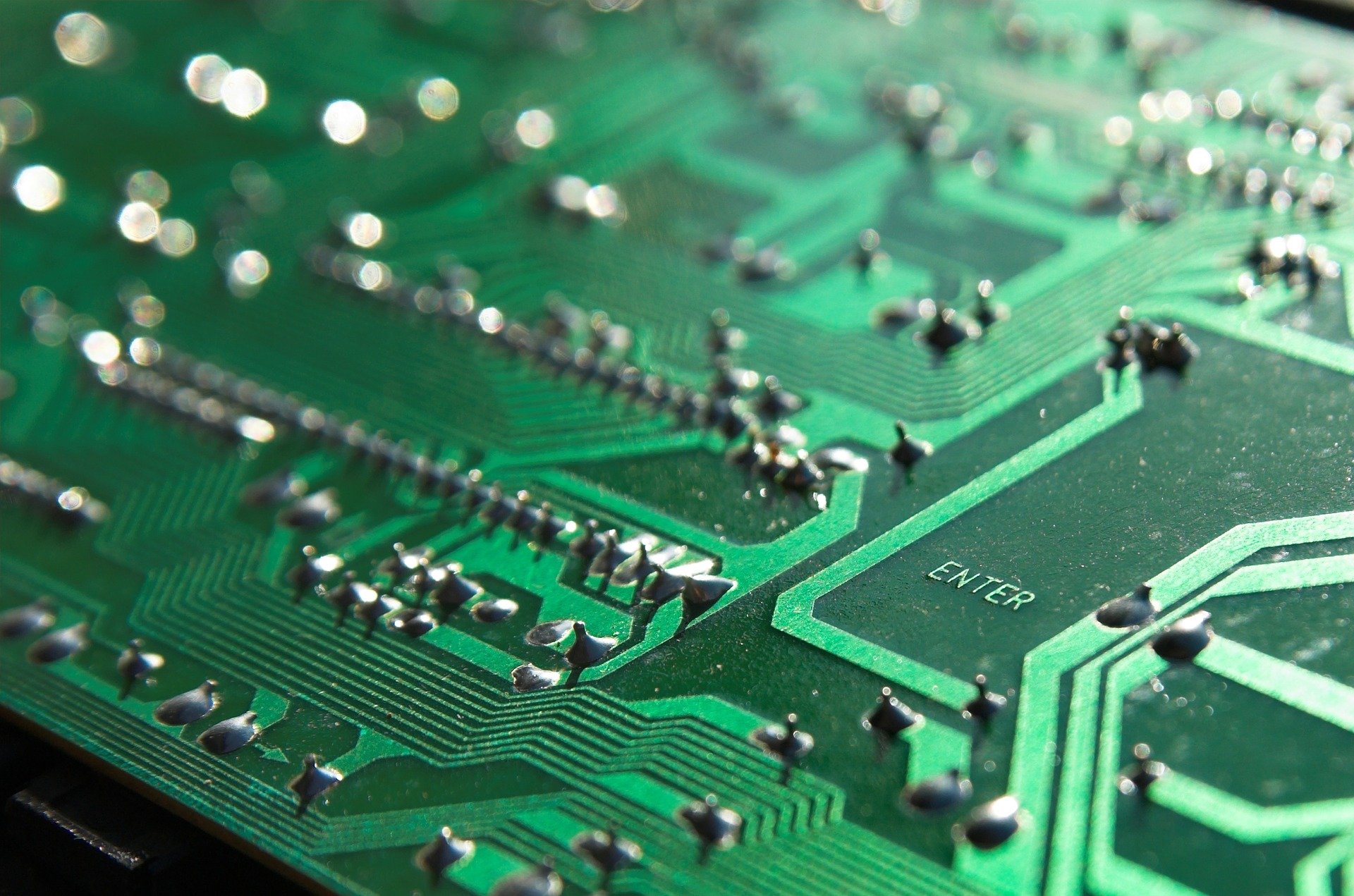
Widespread utilization of the Internet of Things (IoT) infrastructure is changing the way cities operate, helping to improve the delivery of public services, allocate resources, cut traffic congestion, and more. Around the world, these “smart cities” use connected, digital technologies that integrate with other city services to exchange data and ultimately improve the lives of the people who live there. While there is a lot of excitement around IoT and its application in everyday life, what are the actual benefits of living in a smart city? Will smart cities really revolutionize the way we live?
A Smarter Way to Manage Urban Waste Removal
Waste management is one of the more common city services to benefit from IoT applications. The conventional method of trash collection involves city collection services emptying trash and recycling bins—whether they are full or not—and traveling on the same route regularly. By using waste receptacles with sensors that measure fill levels and notify collection services when bins are ready to be emptied, cities can cut down on the fuel expenses and labor costs associated with constantly emptying half-full bins. In addition, many “smart” trash receptacles, such as the CleanCUBE from eCube Labs, are solar-powered and do double duty as trash compactors. The CleanCUBE can hold up to 8 times more waste than a conventional trash bin.
Another example of IoT usage in waste management is in Chicago. The city equipped dumpsters with predictive sensors that can anticipate when they will overflow and used that data to overhaul its pest control tactics. Chicago is now 20% more efficient at managing its rat population.
Smart Parking and Traffic Management
IoT-based parking sensors are assisting drivers with finding parking spaces, resulting in less traffic and accidents. Sensors embedded in the street, parking garages, or lots can be used to determine if a parking spot is empty, while smartphone apps can direct users to the location of the closest parking spot. This technology can also be used to direct drivers to certain parking areas at certain times of day, diverting traffic from highly congested areas. San Francisco is using a smart parking program to help drivers locate spaces in city garages and hopes to expand the program to the streets.
IoT traffic management systems offer the capability to adjust traffic signals based on real-time traffic conditions. This technology is embedded into a city’s existing traffic management infrastructure to transmit traffic density data to city managers and help predict future patterns. It can also be used to adjust traffic signals based on changing road conditions or car accidents. By adjusting signal timing, first responders can take the fastest route to the accident.
Sensors embedded in the streets can also monitor roadway conditions—including weather-related hazards such as snow or ice—and help reroute traffic away from a dangerous road or bridge. They can also determine when cities should send out plow trucks or when school should be canceled because of unsafe conditions.
Smart Street Lighting Solutions
Smart lighting is one of the most important features of a smart city. Using a variety of sensors and the data they collect, cities can automate—and have greater control over—their streetlights. IoT-based
streetlights can be turned on or off based on weather conditions or to create a safer environment for first responders. They can also help cities predict power outages and alert city service workers when lights need to be replaced or repaired. LED streetlights that turn on only when necessary offer energy saving benefits and reduced carbon dioxide emissions.
Miami, Florida boasts over 500,000 connected streetlights, and the city is well on its way to way to achieving its goal: a carbon dioxide emission reduction of 25% by 2020 (compared to 2006 levels). Many cities plan to follow Miami’s lead. IoT Analytics, the leading provider of market insights for IoT, predicts that the global connected streetlights market will surpass $3.6 billion in 2023.
By the year 2025, the number of IoT devices is projected to exceed 40 billion and soon, many conventional cities will become smart cities. However, to have a fully functioning IoT infrastructure, cities will need to purchase and integrate sensors, cameras, and other technologies into their systems. Production, assembly, and integration of IoT products and hardware are tasks that will likely require soldering skills and electronic inspection. To meet the increasing demand for these skills, contact the knowledgeable professionals at EPTAC to enroll in various IPC certification courses near you and capture a share of the growing IoT development market.
About EPTAC
For over 30 years, EPTAC has been a leading provider of solder training and IPC certification. We provide professionals with the tools and training they need to advance their careers and improve their businesses. With 19 locations across North America, our solutions and instructional staff provide easy access to knowledge that will enhance your business model and help you meet and exceed industry demands. For more information call 800.643.7822 or contact us.






